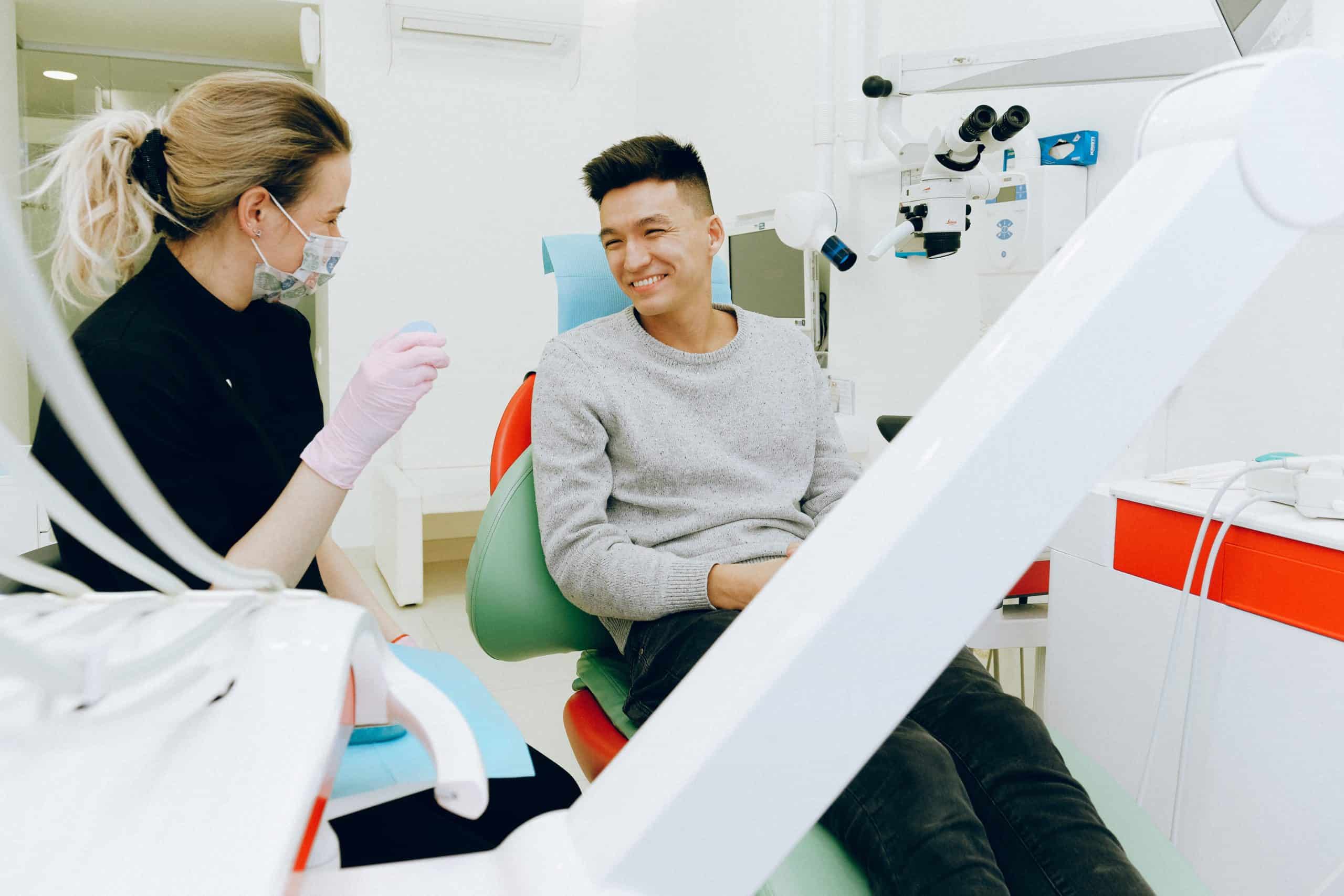
Saving your teeth is the number one priority of your dentist. He performs a root canal therapy, an endodontic treatment that saves your teeth from decay and bacterial infection.
With the help of good oral hygiene, you are preventing diseases such as periodontitis and tooth decay from occurring. However, regular dental cleaning and check-up are also necessary for you to ensure that your oral health is in top shape. Otherwise, one of your teeth will be compromised and you would need this endodontic treatment.
Steps of a root canal treatment
A root canal procedure is used to restore and save your teeth from deterioration such as decay and infection. Your endodontist will remove the pulp inside the roots of your tooth which will then be cleaned and sealed after. Without this procedure, the tissue surrounding your diseased tooth might be affected. The bacteria and other debris from decay will spread, cause an infection and lead to an abscessed tooth.
An abscess is a pus-filled pocket that forms at the end of the roots of your tooth. This happens when the infection spreads all the way past the end of your teeth root. Additionally, the infection on your root canal can lead to the following:
- Inflammation that can spread to other areas of the face, neck or head.
- Loss of bone density around the tip of the root of your teeth.
The root canal is the natural cavity within the center of your teeth. On the other hand, the pulp chamber is the soft area within the root canal. Your teeth’s nerve lies within this canal on the root of your teeth.
The nerves of your tooth are not important to its function and health after it has emerged from the gums. Its only function is sensory which provides the sensation that detects hot, warm and cold.
Pulp removal
During the root canal procedure, your Oshawa dentist will numb the surrounding area of your teeth using anesthetics. Next, he accesses the roots of the tooth to clean the pulp chambers using a special fluid that disinfects the root. Then, he will remove the pulp to disinfect and remove the bacteria and prevent the spread of infection within the pulp chamber.
Sealing the root canal
After the removal of the pulp, your dentist will make sure that everything is clean and bacteria-free inside the roots. The next step of the root canal treatment is to fill the pulp chamber using a filling material. Sealing the canal opening and pulp chambers ensures that your diseased tooth is strong and its natural function is restored.
He places a temporary dental filling on the tooth surface while the permanent dental crown is made. The placement of the crown is the final step of the treatment to encase the treated tooth.
Tips to avoid root canal treatment
Here are eight best practices so you don’t need to undergo a root canal procedure:
1. Brushing.
It is preferred that you brush your teeth at least 30 minutes after a meal to prevent acid formation.
2. Flossing.
Skipping this step will only ensure that your teeth are 70% clean. Flossing is proven to remove tartar and plaque formation in between your teeth and gums to avoid decay.
3. Avoid chewing on ice or hard food.
Chewing on ice or hard candies can crack your teeth which could lead bacteria to penetrate down to the roots. This way, you keep your teeth strong and away from bacterial infection.
4. Be aware of your weak teeth.
If you have a weak tooth, it is important to consult your dentist to see about protecting it or having it restored. Tell your dentist if a certain tooth is sensitive to temperature changes or is painful when you chew.
5. Wear a mouthguard at night and while playing sports.
Grinding and clenching can also cause cracks on your teeth. In addition to this, playing sports can also cause accidental damage to your teeth.
6. Limit your intake of acidic drinks.
Acid formation on the teeth can be caused by carbonated or acidic drinks. These acids can break down your teeth enamel, making them susceptible to breakage.
7. Visit your dentist regularly.
This tip is very important as your dentist is an expert in making sure that your oral health is in top condition.
8. If there is a pain, have it checked immediately.
Any pain in your tooth is a warning that something is wrong. Consult your dentist immediately to know the cause and resolve it in order to prevent any serious dental consequences.
Make it a regular habit to visit your local dentist for a professional help in keeping your teeth clean and healthy.



